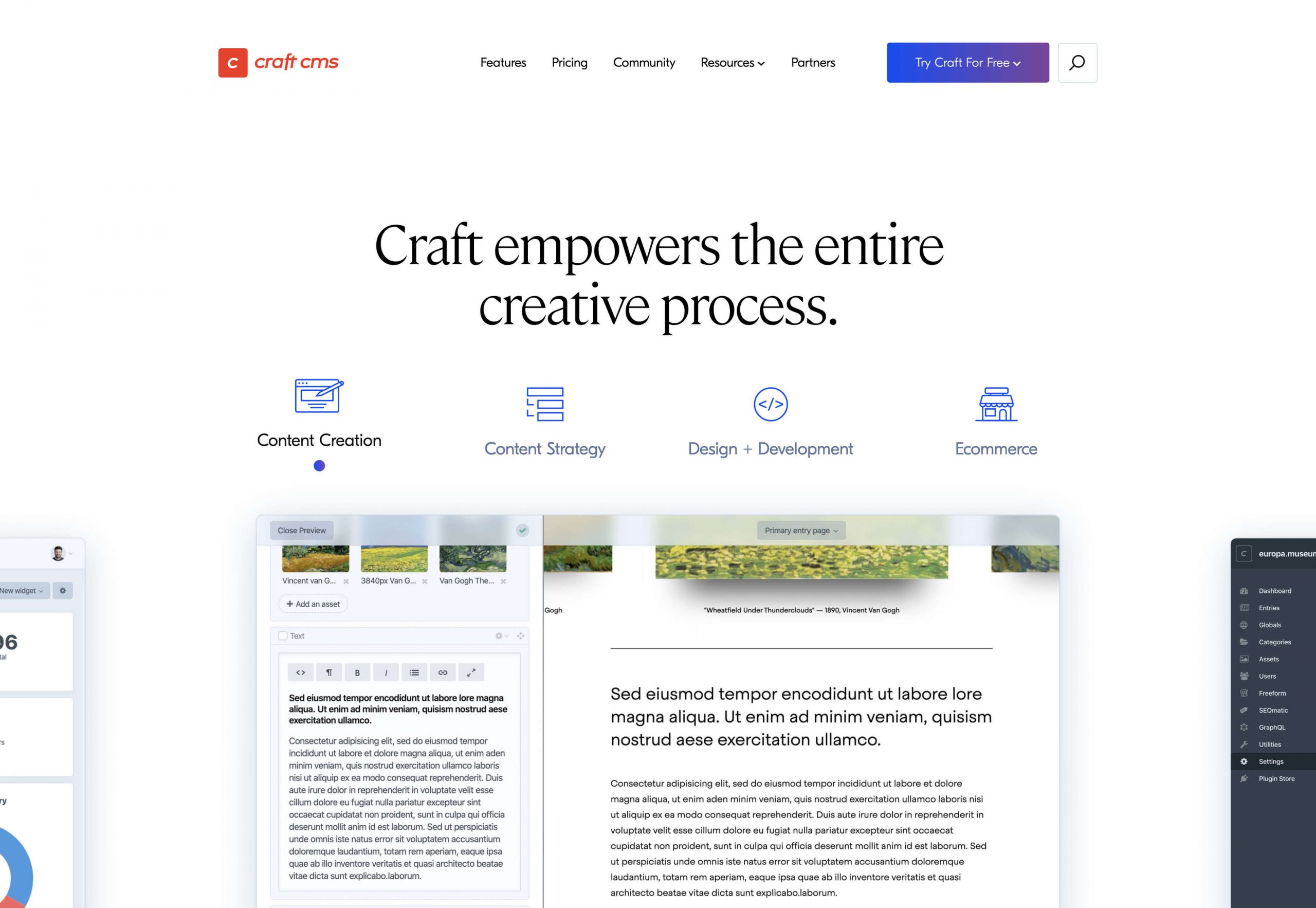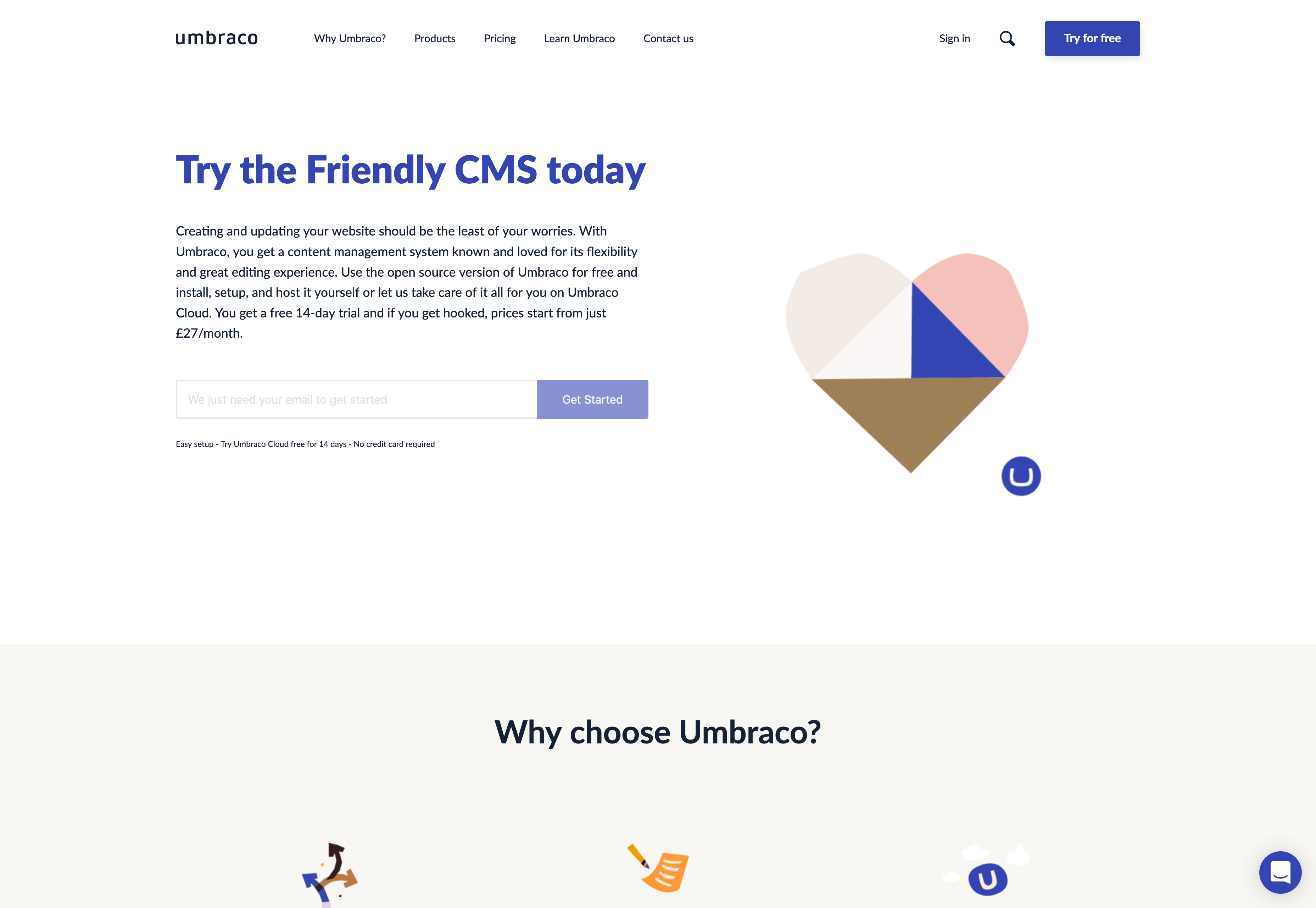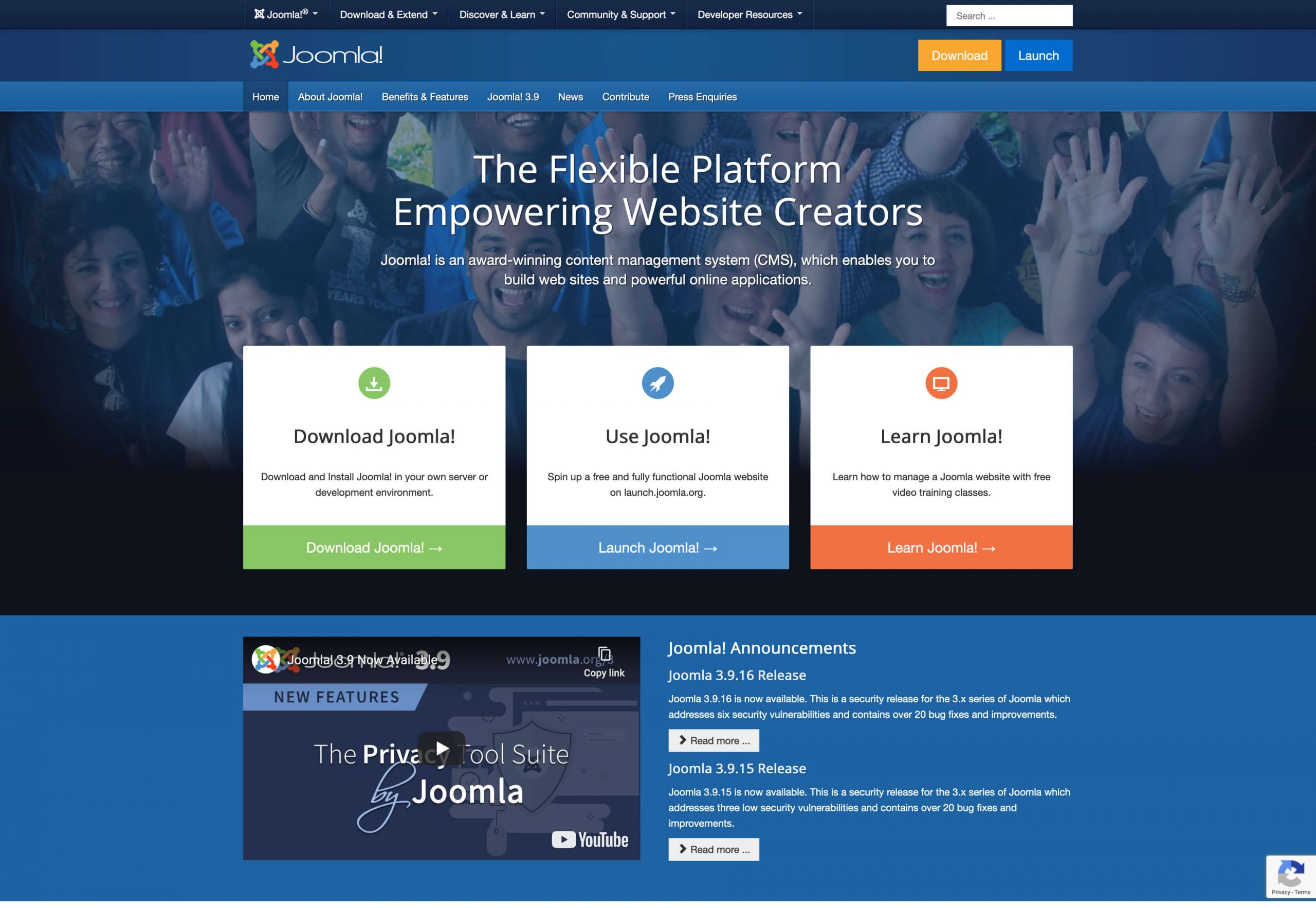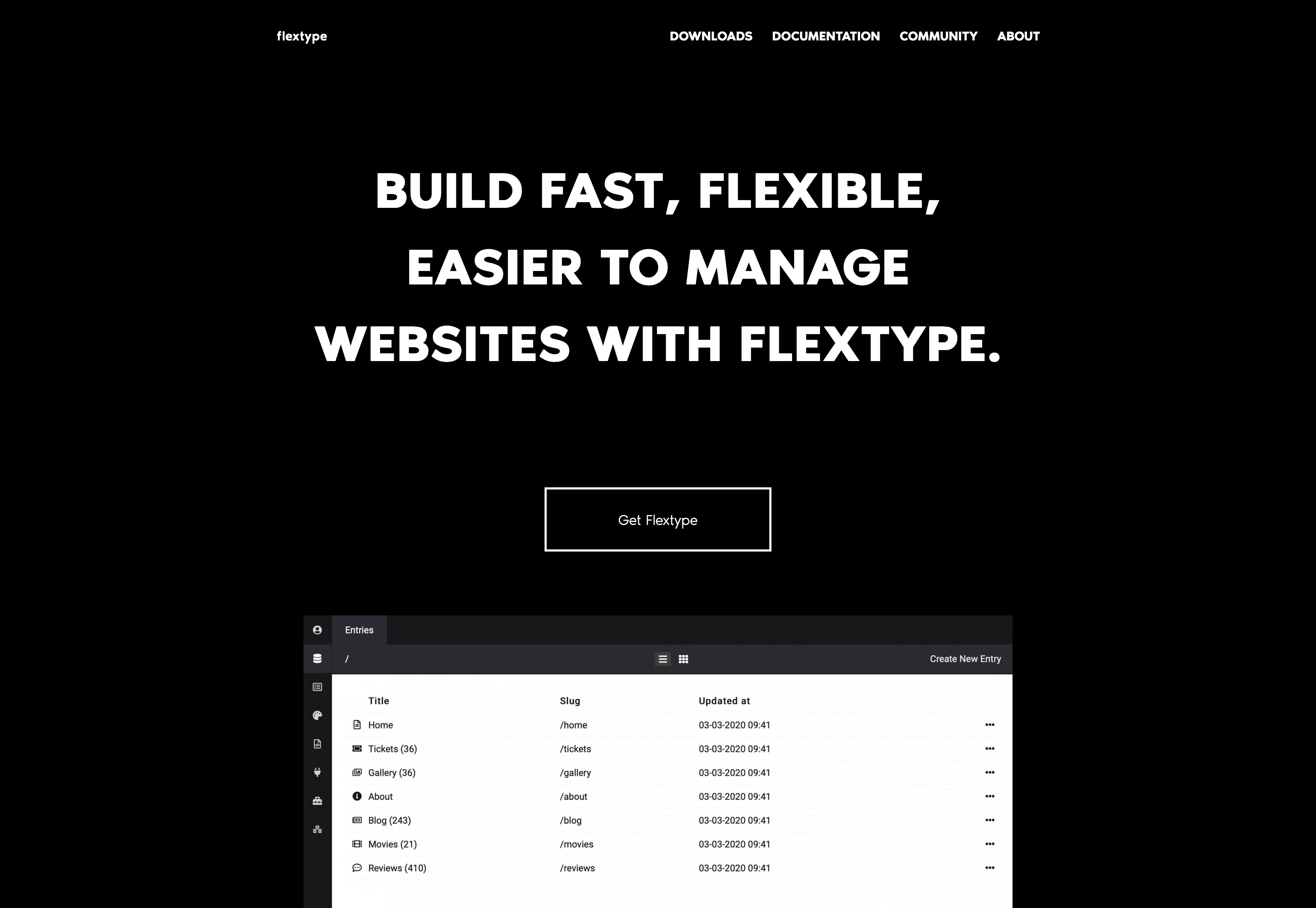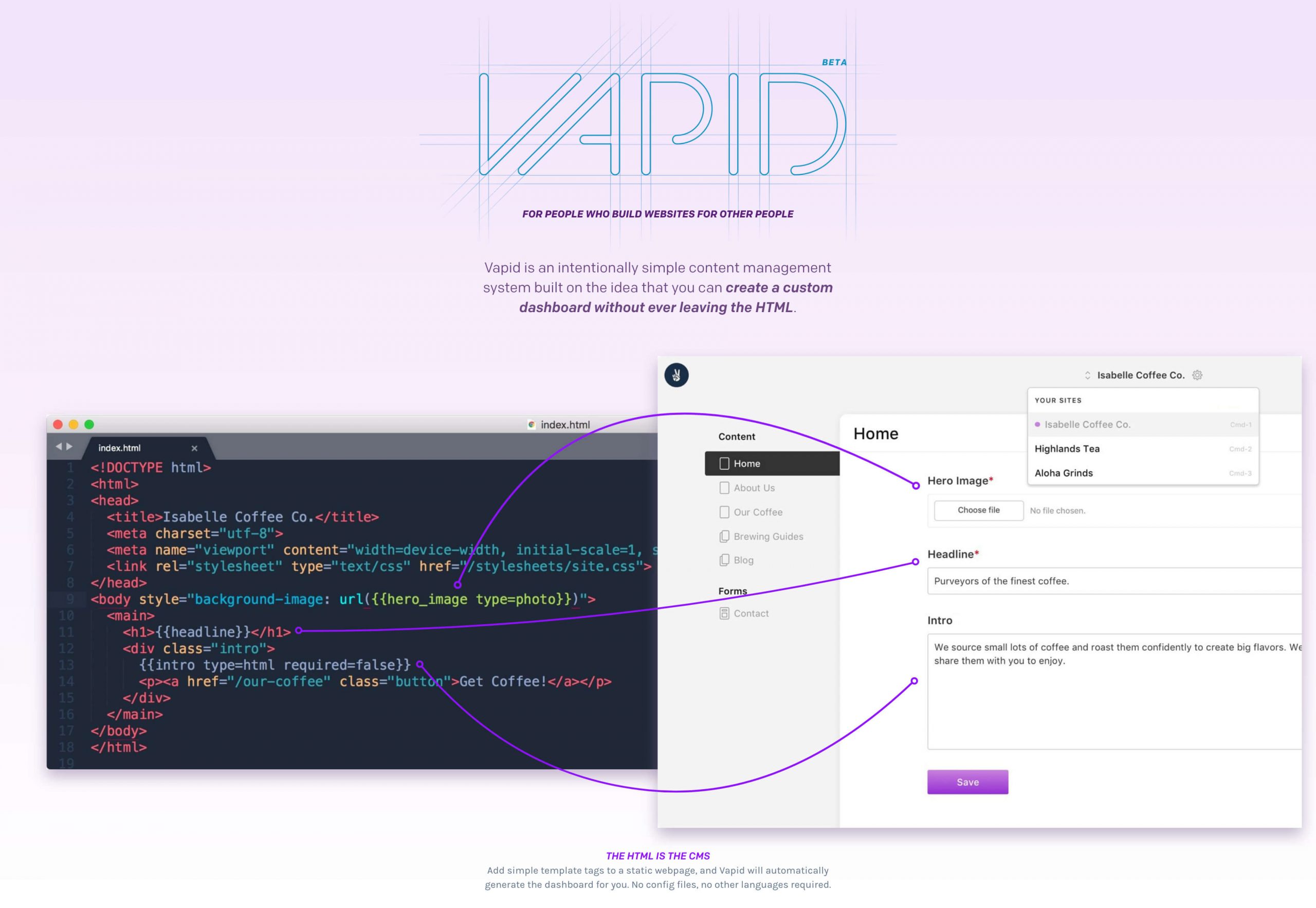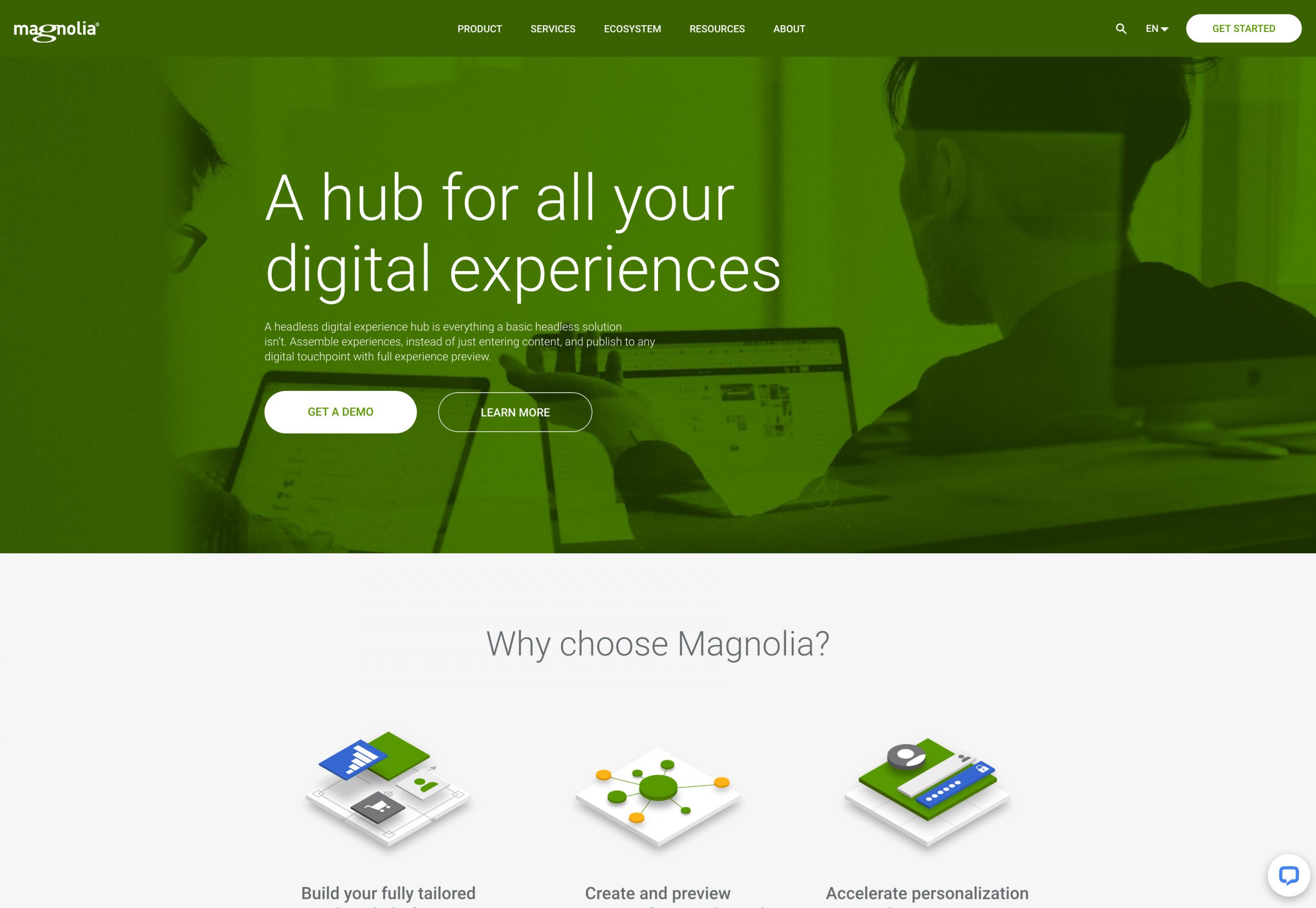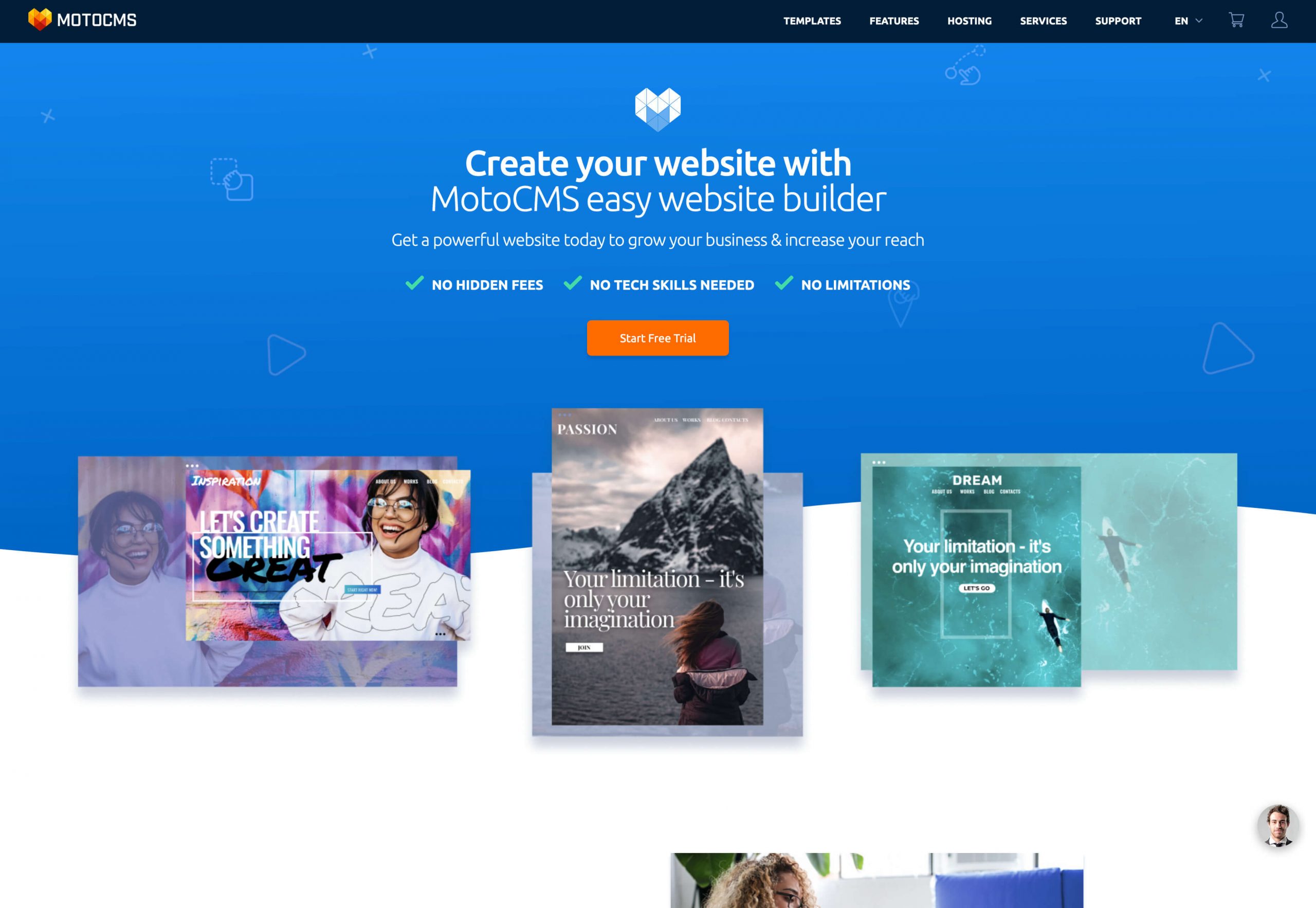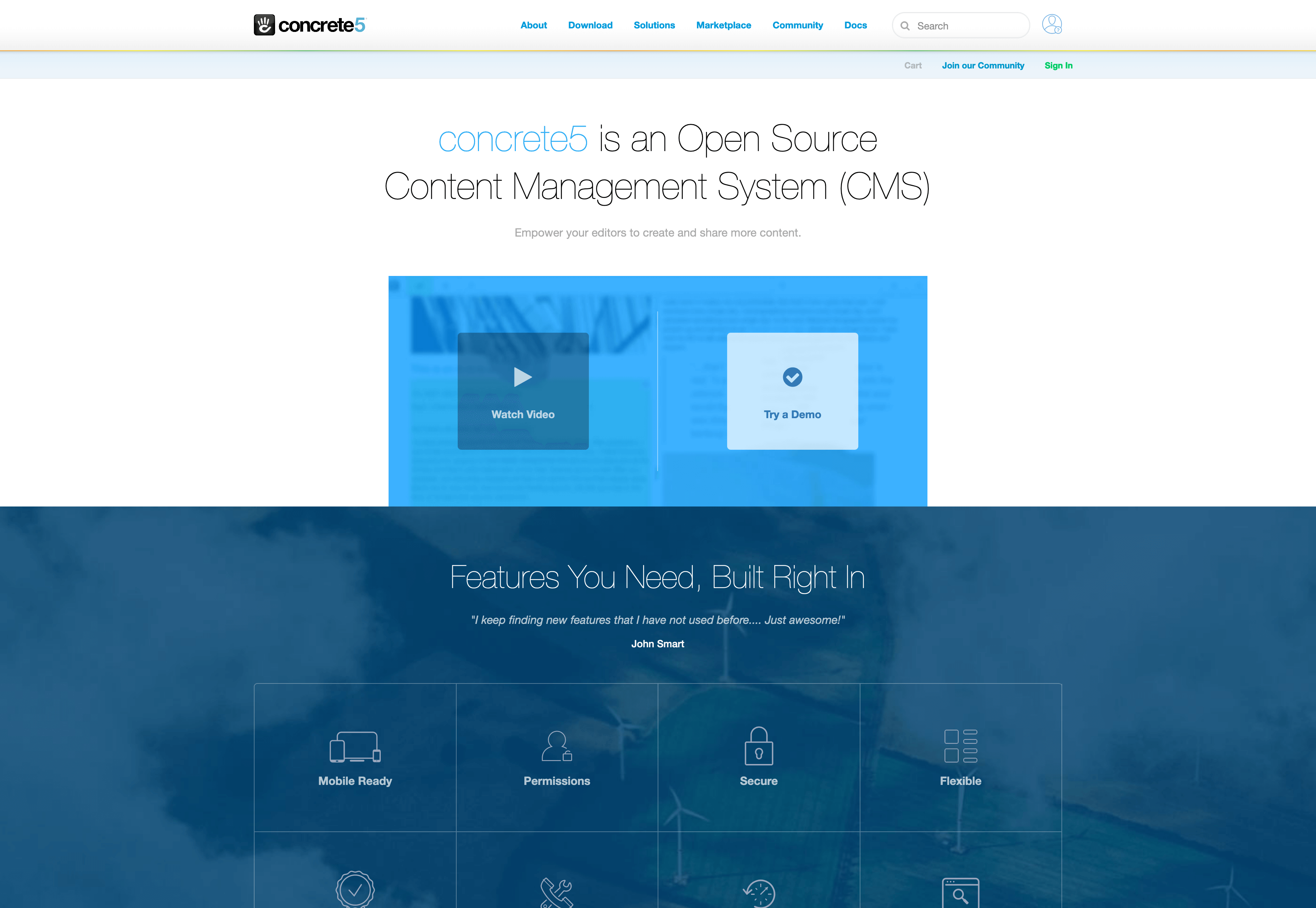 Content Management Systems are arguably the internet’s most powerful web development tool. In a rapidly growing market where every business under the sun requires a website that is not only fully functioning, but optimised, easy to update regularly, and implement the latest features, the right CMS is important.
Content Management Systems are arguably the internet’s most powerful web development tool. In a rapidly growing market where every business under the sun requires a website that is not only fully functioning, but optimised, easy to update regularly, and implement the latest features, the right CMS is important.
As a web developer it can be easy to stick to the CMS you know – even if there are potentially better ones out there. With such a busy schedule, websites to be made, and money to be earned, the desire to find something new is quite frankly near the bottom of the pile.
That’s is why we have worked to put together a list of some the most new and notable (or older but still just as worthy) CMS systems for 2020. After all, with a new year, why not learn a new CMS too?
1. Craft
Craft is a content-first CMS system that is both flexible and user-friendly. Ideal for web designers it is totally customisable and gives control over everything including all your own HTML.
You only need one Craft installation to manage multiple sites’ content, making it ideal if you have multiple projects on the go. Alternatively, you can use it as a content API for any sites you may look after. There are multiple tools and features built to optimise performance alongside regular releases and bug fixes.
2. Umbraco
Umbraco is a great open source Content Management System that is built on .NET technology and used to run enterprise-level websites for a range of large, multinational organisations. Some examples include Microsoft, McDonalds and Mercedes Benz — giving you a clue at just how trusted this CMS system is. One of the benefits of Umbraco is that you can build an integrated site that can feed content from other digital platforms. It uses Microsoft stack and Microsoft Windows servers meaning it integrates well with third party systems and also benefits from the core security protection built into this.
It is a CMS that doesn’t require you to add lots of your own custom HTML — a plus if you’re not a fan of custom coding. You can manage multiple sites from the same CMS, upload and manage media files, build forms and use a drag and drop visual page editor to craft content quickly and simply.
3. Joomla
Ranked as the second top CMS system in the world by CMS Crawler, Joomla is proven to be one of the most popular Content Management Systems out there. Joomla can be seen as more complex as it requires a certain amount of coding knowledge, for example to develop or customize components, modules and plugins.
A point to note when using Joomla is that you don’t get limitations with themes and templates – you can use multiple templates on one site. This means if the client wants a totally different layout for a blog than for their primary pages it is easy to do.
You can have different types of content displayed on one page and the backend is often praised for being well organised. You can easily add new menus and articles, as well as restrict access to certain content on specific pages if you so desire. Joomla also has the function to make a website multilingual from the off — something that is useful for websites that are read and used worldwide.
4. Flextype
Flextype is still relatively new to the game having launched in 2018, however this doesn’t mean it should be underestimated. An open source solution, its purpose is to provide a free web design programme without the unnecessary complexities often found in other CMS systems.
One of the great advantages is that it’s a flat file CMS so if you need to change hosting providers you can simply zip up your website content and extract it somewhere else, without the messy database exports. It also means you can define custom fields for any of your entries and it is easy to edit going forward. Other key technologies it uses is Slim PHP to help you quickly write simple yet key web applications, Twig templating to aid with coding, and the Doctrine Project for optimum database storage and object mapping.
5. Vapid
Vapid is an intentionally simple Content Management System that describe itself as “for people who build websites for other people.” It is a system which is built on the idea that you can create a custom dashboard without ever leaving the HTML, as the HTML is the CMS, and Vapid automatically generate the dashboard for you.
It’s essentially a combination of static site builders with an additional dashboard to make it easy for users to edit content. It’s a great CMS for those who want to build a lot of customisable, relatively simple websites, but it doesn’t have the flexibility of more complex CMS systems.
6. Magnolia
Magnolia is one of the longer standing players in the field, having first been established over 15 years ago. It is a fast and easy system to use with powerful capabilities for creation, management and delivery of personalised experiences across channels.
It has an omnichannel content hub allowing you to integrate all your channels in one. It integrates access to all content without needing to migrate and works with AI to automatically tag assets — ideal for metadata and improving your SEO. It has a DX architecture which is secure, scalable and cloud ready, and a Headless CMS — ideal for easy yet powerful development of your sites.
Inspired by frontend development practices it uses slim YAML configuration to accomplish the most common CMS tasks meaning there is low code. Everything is configured in text files, so you don’t need to worry about GUI or exporting configuration. This is an easy to use system that has been designed with simplicity yet top functionality in mind.
7. MotoCMS
MotoCMS is another easy CMS system to pick up and use. No coding skills are required, it works via a simple visual drag and drop editing, eCommerce plugin and responsive design.
There are four simple steps to follow: you choose a template, customise it and add content, add custom SEO and analytics, then publish and promote it online.
There are ready made templates for a number of professions as well as additional integrations and plug-ins. It is also easy for optimising for search, with advanced SEO settings and optimised tools designed to give sites the best chance of ranking right from the off. Sites will load lightning-fast and it is easy to manage, meaning if you have multiple clients it’s still a smooth process.
8. Concrete5
Concrete5 is a mobile-ready open source CMS designed to allow you to build a website without coding. It is best known for its well-implemented in-content editing and is often the choice for web projects where end user buy-in is particularly difficult.
It was first released in 2008 and has rapidly grown in popularity. It’s easy to add additional functionality with their marketplace add-ons so customising isn’t too difficult. Certain features such as the sitemap are native and not via plugins (which can sometimes slow sites down) — a further plus point for this CMS.
Featured image via Unsplash.
Source: Webdesignerdepot.com
